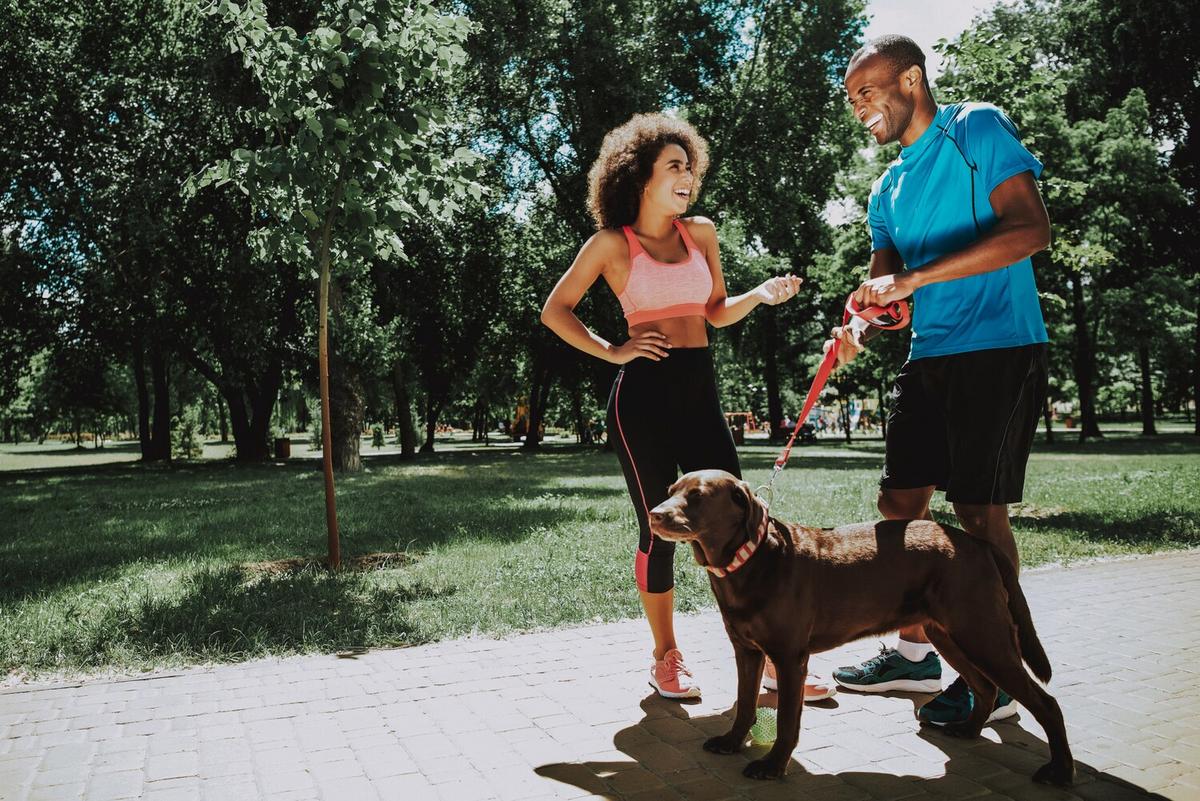Is your furry friend tipping the scales a bit more than you’d like? Managing your dog’s weight is crucial for their overall health and well-being. In this guide, we’ll explore how to determine if your dog is overweight and provide practical tips to help them maintain a healthy weight.
Understanding Canine Obesity
Canine obesity is a growing concern, with studies indicating that over 50% of dogs in the US are overweight. This condition can lead to various health issues like diabetes, arthritis, and heart disease.
Signs Your Dog Might Be Overweight
- Difficulty in feeling ribs under a thick layer of fat.
- Lethargy and decreased mobility.
- Excessive panting, even after minimal exercise.
- Noticeable weight gain over a short period.
Expert Insights
Veterinarians emphasize the importance of regular weight checks. Dr. Karen Becker, a renowned veterinarian, suggests that pet owners should aim to feel their dog’s ribs easily under a light layer of fat.
Personal Experience
When my own dog, Max, started gaining weight, I realized it was due to extra treats and lack of exercise. By adjusting his diet and increasing his activity level, Max returned to a healthier weight within a few months.
Actionable Tips for Maintaining Healthy Weight
- Measure Your Dog’s Food: Use a measuring cup to ensure you’re not overfeeding.
- Introduce Regular Exercise: Aim for at least 30 minutes of activity each day.
- Limit Treats: Treats should only make up 10% of daily caloric intake.
- Choose Nutrient-Dense Foods: Opt for high-quality dog food with balanced nutrition.
Comparing Weight Management Techniques
| Method | Benefits | Drawbacks |
|---|---|---|
| Dietary Changes | Effective in reducing calorie intake | Requires careful monitoring |
| Increased Exercise | Improves overall fitness | Time-consuming |
| Regular Vet Visits | Professional guidance and support | Costly |
| Interactive Toys | Encourages active play | May not suit all dogs |
| Portion Control | Prevents overeating | Requires discipline |
| Low-Calorie Treats | Allows for treats without extra calories | May be less appealing |
| Hydration Monitoring | Supports overall health | Requires regular attention |
| Weight Management Programs | Structured approach | May be expensive |
Frequently Asked Questions
How can I tell if my dog is overweight?
Check if you can feel their ribs easily. Excess fat covering the ribs is a common sign of being overweight.
What is the ideal weight for my dog?
This depends on the breed, age, and size of your dog. Consult your vet for specific guidance.
Can overweight dogs still enjoy treats?
Yes, but it’s important to choose low-calorie options and limit their intake.
How often should I weigh my dog?
It’s recommended to weigh your dog every month or during regular vet visits.
Conclusion
Keeping your dog at a healthy weight involves a balanced diet, regular exercise, and routine vet visits. By taking these steps, you can help your furry friend live a longer, healthier life. Start today by assessing your dog’s weight and making necessary changes to their lifestyle.




Leave a Reply